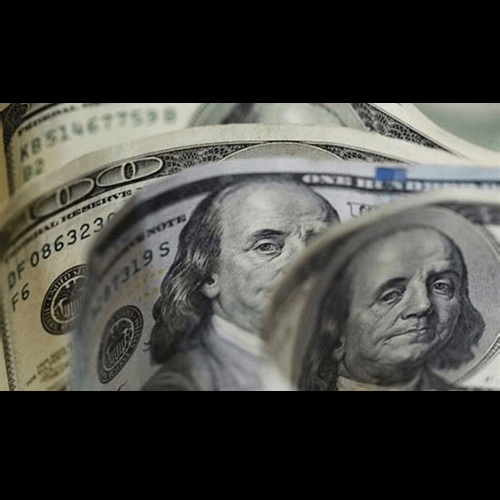The dollar remained robust on Thursday, maintaining its position near a two-week high. This stability follows a significant sell-off in U.S. Treasuries, which led to a surge in yields and enhanced the dollar’s attractiveness.
Overnight, the index measuring the dollar against its major counterparts ascended to 105.18, its highest point since May 14. In early European trading, it slightly dipped to 105.05.
Bond Yields Propel Dollar Upward
A two-day increase of 15 basis points, bringing long-term Treasury yields above 4.6%, has been pivotal in boosting the dollar. This yield rise, which inversely affects bond prices, stems from unexpectedly robust economic data, assertive comments from Federal Reserve officials, and a series of poorly received bond auctions.
The euro experienced a downturn as U.S. yields climbed, falling 0.5% on Wednesday to reach a two-week low of $1.0789, before recovering slightly to $1.0806.
Chris Turner, head of global markets at ING, noted, “Euro-dollar volatility is exceptionally low. It will require significant new developments to push the euro-dollar out of its recent range. By recent standards, yesterday’s 0.5% move was substantial.”
Market participants are closely monitoring the bond market for further selloffs. Turner mentioned that the strong demand for a Japanese government bond auction could potentially stabilize global debt on Thursday.
Yen and Other Currencies
The yen emerged as the most notable mover on Thursday morning in Europe. The dollar declined by 0.4% against the Japanese currency, trading at 157.08 after hitting a one-month high of 157.72 the previous day.
Charu Chanana, head of FX strategy at Saxo Bank, commented on market sentiment, “Traders are cautious as the dollar approaches the 158 level, considering the possibility of intervention by Japanese authorities.”
Speculation about Japan’s intervention to support its currency at the end of April and early May persists, with forthcoming data likely to confirm these actions. “Japanese authorities intervened near this level on May 1, and the market perceives 158 as a critical threshold for potential intervention,” Chanana added.
Sterling, which reached a one-month high earlier this week, also saw a 0.5% decline on Wednesday, last trading at $1.2704, with little change on the day.
Federal Reserve Rate Expectations
Expectations for Federal Reserve interest rate cuts this year have been tempered by persistent inflation, highlighted by an unexpected rise in consumer sentiment in Tuesday’s data. According to the CME Group’s Fed Watch Tool, traders now see a 56.6% chance of a quarter-point cut by the September meeting, down from 57.5% a week ago.
Revised U.S. GDP figures are anticipated later today, followed by the week’s primary macroeconomic event on Friday—the release of the Personal Consumption Expenditures price index, the Fed’s preferred inflation measure.
Additionally, eurozone price data is expected on Friday, following a stronger-than-expected April inflation report for Germany on Wednesday.
by Steve Macalbry
Senior Editor,
BestGrowthStocks.Com
Disclaimer: This article is intended for informational purposes only. It should not be considered financial or investment advice. We do not hold any form of equity in the securities mentioned in this article. Always consult with a certified financial professional before making any financial decisions. Growth stocks carry a high degree of risk, and you could lose your entire investment.






